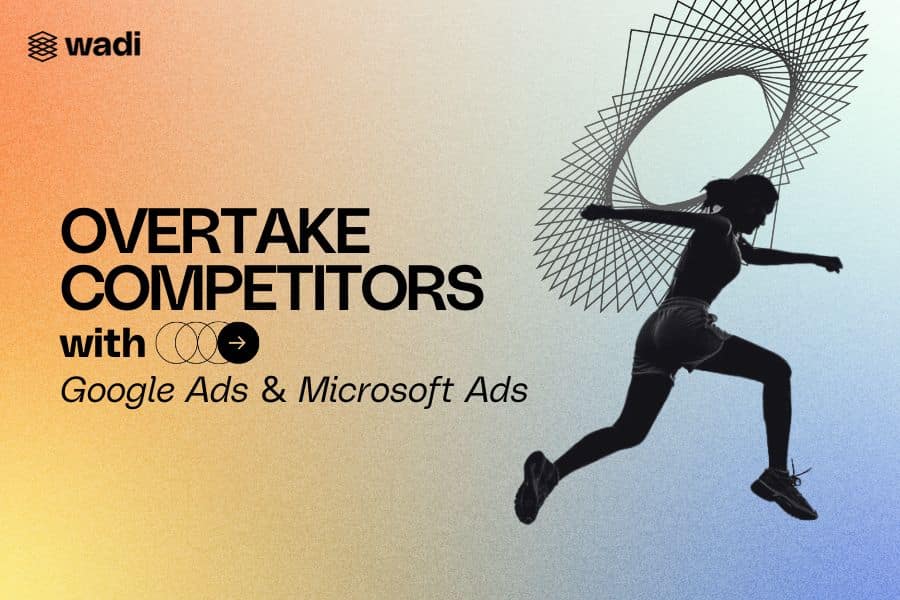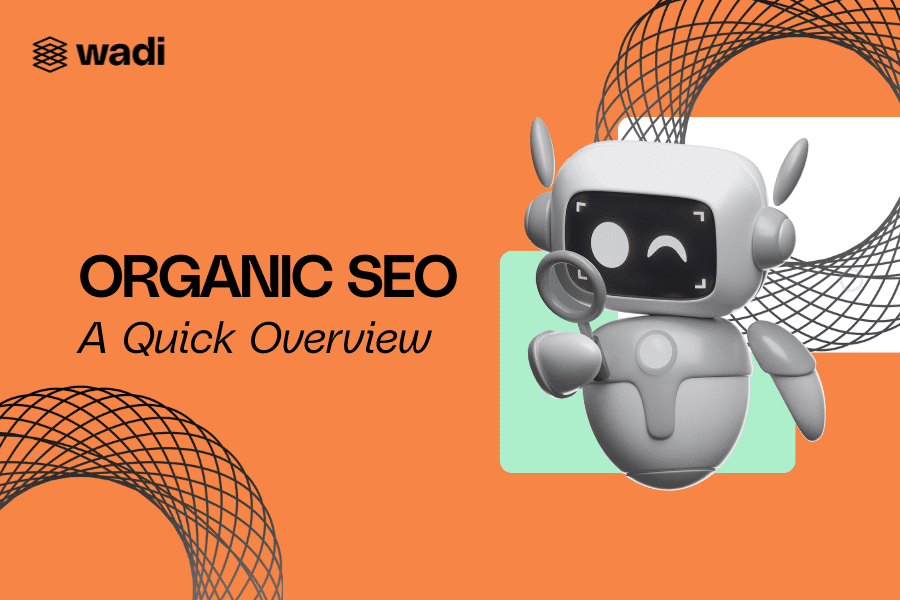Table of Contents
ToggleWhat You’ll Learn:
- Key strategies in Search Engine Marketing (SEM) for outpacing competitors.
- The importance of brand bidding and Dynamic Keyword Insertion (DKI).
- How to leverage custom affinity audiences for display marketing.
- Best practices for integrating search and display marketing strategies.
One sure way of staying above and beyond your competitors in the search engines is to have an effective search engine marketing (SEM) strategy.
Effective Search Engine Marketing (SEM) Strategies
One sure way of staying above and beyond your competitors in the search engines is to have an effective search engine marketing (SEM) strategy. To rank higher than your competitors in major search engines such as Google and Microsoft Ads and elsewhere on the internet, there are two main avenues to do so using SEM: Search and Display.
Search Marketing: Brand Bidding
In Search Marketing, one of the most valuable strategies is brand bidding, which is bidding on the brand name and terms of another company. When the competitor’s brand is entered as a search term, your own company’s ads will appear. The concept behind this is grabbing traffic on the brand term and diverting it to your own site so that the user will eventually choose your product or service over the brand that was originally searched for.
You need to make sure that the ads your company will generate are related to what people are originally searching for when they type the competitor’s name. Therefore, it is crucial to send the searcher to the most appropriate landing page on your website, one that properly matches their original query. Ad copy and landing page content are crucial to success. When users search for specific information, they need to be lured into something aside from the actual content that they were looking for.
Dynamic Keyword Insertion (DKI)
Another strategy to use in search marketing is to make Dynamic Keyword Insertion (DKI) work for you. What DKIs do is insert what the person searches for in Google or Microsoft Ads into the ad itself, so when they search for a competitor, the competitor name populates in the ad but will send to your landing page. You can learn more about that in our DKI blog.
However, DKIs may not always work because if competitors’ names are either trademarked or registered with Google, you are not allowed to put competitors’ names in your own ads. Instead, what you can do is have a generic description of your competitors’ products in your ad headline. For DKI to work well for you, every keyword in the campaign should be relevant to the ad and they should all reconcile with different landing pages, tailored to each type of competitor.
Display Marketing: Custom Affinity Audiences
For Display Marketing, one excellent way of bringing your company ahead of competitors is through custom affinity audiences. This allows Google Ads to give you the flexibility to target your audience very specifically – according to preferences and interests. Microsoft Ads also has this ad targeting option.
The goal of custom affinity audiences is to be able to target high-value customers, bringing the right audience at the perfect time with your ads. These very specific and targeted customers will see your ads as they browse through various content in the Google Display Network, the Microsoft Network, and YouTube. Using the Custom Affinity Audience tool allows you to build your own audience that is tailored to any website URL – competitors included!
So, make sure to create a Custom Affinity Audience based on very close competitors, so Google will find these prospects and serve them your ad. This works because Google targets customers’ most recent search behavior and associates their search with the sites listed – even if they have never been to your competitors’ site.
Integrating Search and Display Marketing
Using effective tools in Search Engine Marketing, you can overtake your competitors and build a stronger and more profitable brand based on the marketing and branding success of your competitors. By integrating both search and display marketing strategies, you create a comprehensive approach that maximizes visibility and engagement across multiple platforms.
Key Takeaways:
- Implementing SEM strategies like brand bidding and DKI can significantly enhance your visibility and attract competitor traffic.
- Custom affinity audiences in display marketing allow for precise targeting, ensuring your ads reach high-value customers.
- Ensuring ad relevance and compliance with trademark guidelines is crucial for successful SEM campaigns.
- Regularly review and adjust your SEM strategies to stay ahead of competitors and optimize your ad spend.
FAQs
1. What is brand bidding in search marketing?
Brand bidding involves bidding on the brand name and terms of a competitor to attract traffic that is searching for that competitor’s products or services.
2. How does Dynamic Keyword Insertion (DKI) work?
DKI automatically inserts the search term used by a person into your ad copy. This can help make your ads more relevant but requires careful management to avoid trademark issues.
3. What are custom affinity audiences in display marketing?
Custom affinity audiences allow advertisers to target users based on their interests and preferences, which are inferred from their browsing behavior. This helps in reaching highly relevant audiences.
4. Can small businesses benefit from custom affinity audiences?
Yes, small businesses can benefit by targeting specific and high-value audiences, potentially gaining a competitive edge over larger companies with broader but less targeted advertising strategies.
5. What are the risks of using DKI?
The main risk is inadvertently violating trademark rules by using competitors’ names in your ad copy. It’s essential to monitor and manage your DKI campaigns closely.






